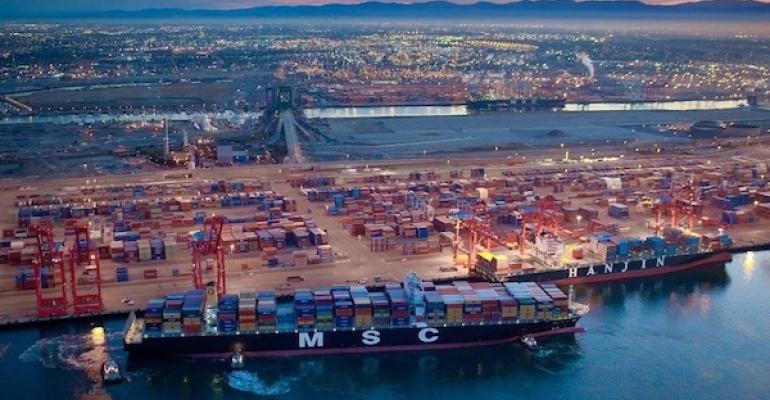CARB stated that the MSC violations were discovered during a routine audit of the company’s 2014 visits to the port of Oakland and the twin ports of Los Angeles and Long Beach.
The investigation by CARB revealed more than 2,500 violations for both the Oakland and LA/LB fleets for failing to reduce auxiliary engine power generation by at least 50% and for exceeding limits for auxiliary engine run time as required by the At-Berth regulation.
“Ocean-going vessels are significant contributors to air pollution,” said Todd Sax, CARB enforcement division chief. “Even in port, their auxiliary engines generate toxic diesel particulate pollution that impacts not only port-adjacent communities, but also entire inland regions. This regulation helps to protect all Californians and is necessary to ensure we meet our clean air goals.”
Read more: MSC to introduce new fuel surcharge to pass on cost of low sulphur compliance
The authority said MSC has cooperated with the investigation and subsequently converted its California fleets to include 100% shore power-equipped vessels, and has had no further violations of the At-Berth regulation.
Adopted in 2007, the At-Berth regulation was designed to reduce emissions from diesel auxiliary engines on containerships, passenger ships and refrigerated-cargo ships while berthing at a California port. Vessel operators can either turn off auxiliary engines and connect to grid-based shore power, or use alternative technologies to achieve equivalent emission reductions while in port.
The regulation ultimately aims for reduction of NOx and PM emissions from berthed vessels’ auxiliary engines in port by at least 80% by 2020.
Copyright © 2024. All rights reserved. Seatrade, a trading name of Informa Markets (UK) Limited. Add Seatrade Maritime News to your Google News feed.


